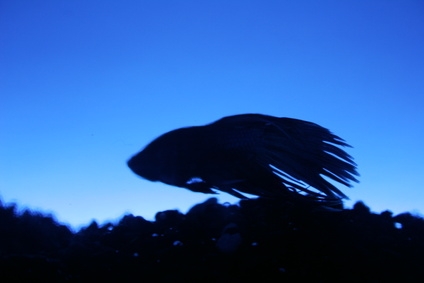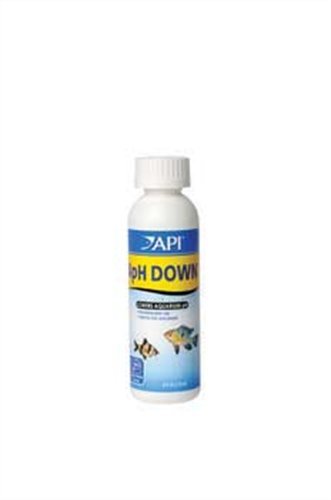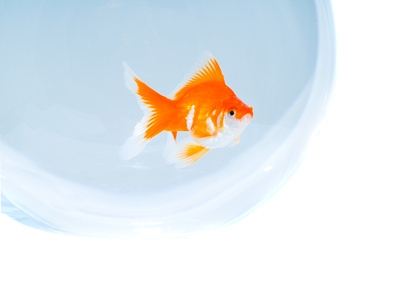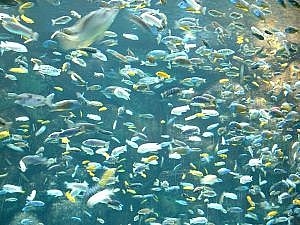
The tank is set up and looking great or empty. Maybe you are doing a fishless cycle and adding ammonia or maybe you have added a few fish and now you are waiting for the tank to finish cycling. It feels like it takes forever. How long has the tank been set up? Can't only be a week can it? Well, it is important that you don't add fish before the nitrogen cycle has completed, but at the same time there are some things you can do to help the nitrogen cycle get done.
What is the nitrogen cycle?
An aquarium needs a bunch of good bacteria in order to be safe for fish. Fish food, plant matter (if you have live plants) algae, and fish wastes (yep, they make their own home fowl) all contribute to poison in the water. This is only acceptable because a tank that has been cycled contains bacteria that break the ammonia into nitrites and then it contains bacteria that break down the nitrites into nitrates. Nitrates aren't perfect, but it takes a lot more of them to kill your fish so regular water changes are enough to take care of this issue. You have to give your tank time to grow this bacteria either while there are a small number of fish in there (see Aquarium Set Up: The Nitrogen Cycle for more information) or while there aren't any fish in there while you are feeding the bacteria (see Aquarium Set Up: Cycling Your Tank Without Fish). You can't just run your tank and wait for it to happen and you can't just rush out and buy all the fish that you want.
Things You Can Do.
While you should always take the time to monitor your tank with a test kit and you should use it to let you know when the nitrogen cycle is over in your tank, there are things that you can do to get the process started and going strong.
Considering a Product.
There are a huge number of products out there and mixed reviews and ideas about whether or not you should use them. If you really need a faster cycle you may want to consider them. First see what is available in your area and then do some research to make sure that it will work and that it will help. Many of these products don't really help the nitrogen cycle and can even cause it to take longer because they don't provide the time for all necessary bacteria to grow. Do your research to make sure that you aren't wasting money on a product that doesn't really work.
Avoid...
There are a few things that you should avoid doing if possible because they can cause a great deal of damage to your tank and will make it harder for the nitrogen cycle to complete.
You can speed up your nitrogen cycle, but it should be noted that it isn't going to go away and you shouldn't pile the fish in there because you want to. Instead do things to help it and keep an eye on your numbers. You can add new fish when your numbers look good!
 How to Tell a Male Betta From a Female Betta
How to Tell a Male Betta From a Female Betta
How to Tell a Male Betta From a Female Betta
How to Tell a Male Betta From a Female Betta
 Cloudy Aquarium Water
How to Get Keep My Aquarium Water Clear
Cloudy Aquarium Water
How to Get Keep My Aquarium Water Clear
 How to Make Fish Survive in a Glass Bowl
How to Make Fish Survive in a Glass Bowl
How to Make Fish Survive in a Glass Bowl
How to Make Fish Survive in a Glass Bowl
 How to Take Care of a Puffer Fish
How to Take Care of a Puffer Fish
How
How to Take Care of a Puffer Fish
How to Take Care of a Puffer Fish
How
 How to Feed an Oscar Fish
How to Feed an Oscar Fish
How to Feed
How to Feed an Oscar Fish
How to Feed an Oscar Fish
How to Feed
Copyright © 2005-2016 Pet Information All Rights Reserved
Contact us: www162date@outlook.com